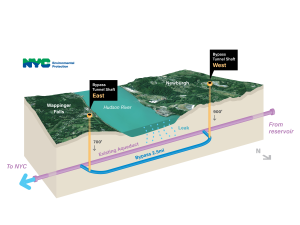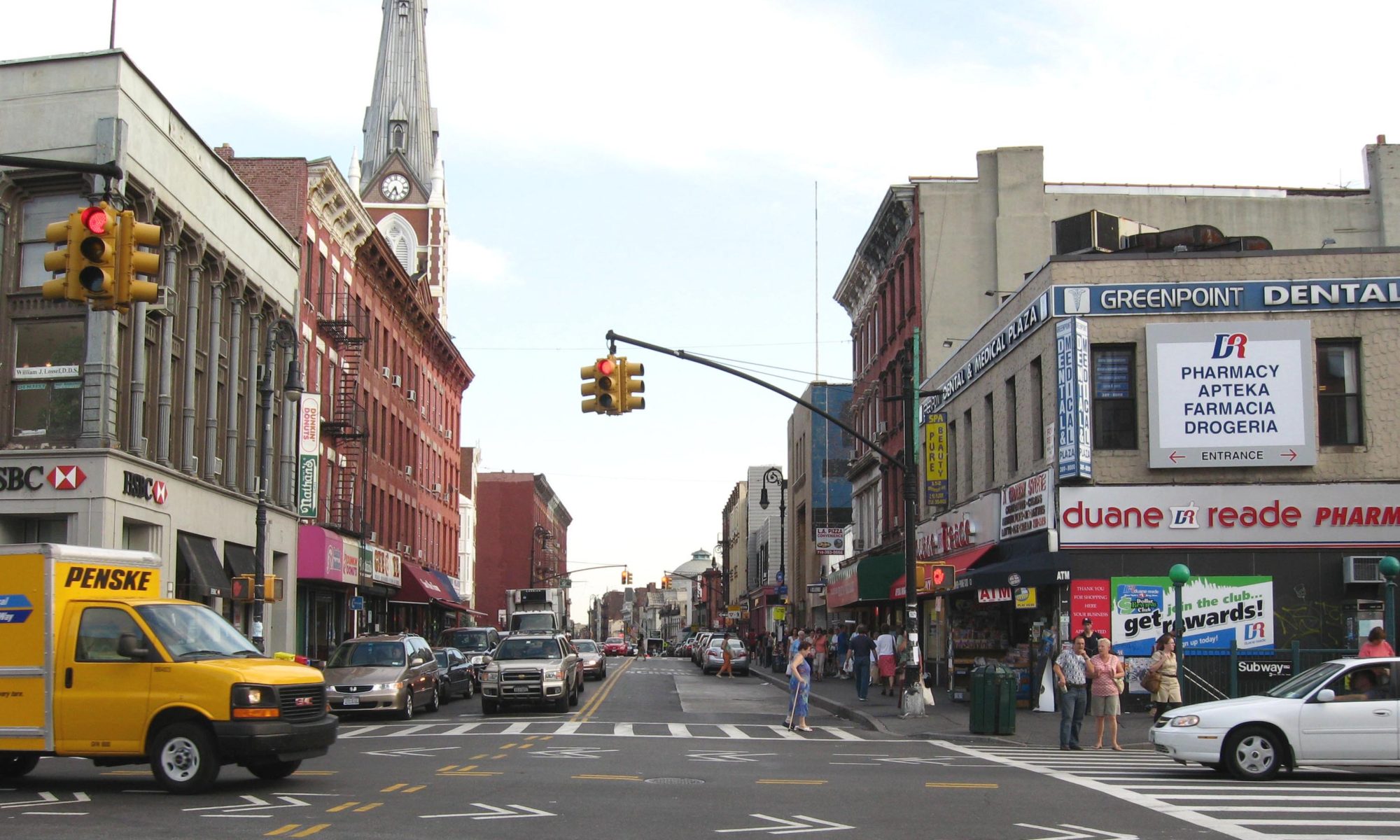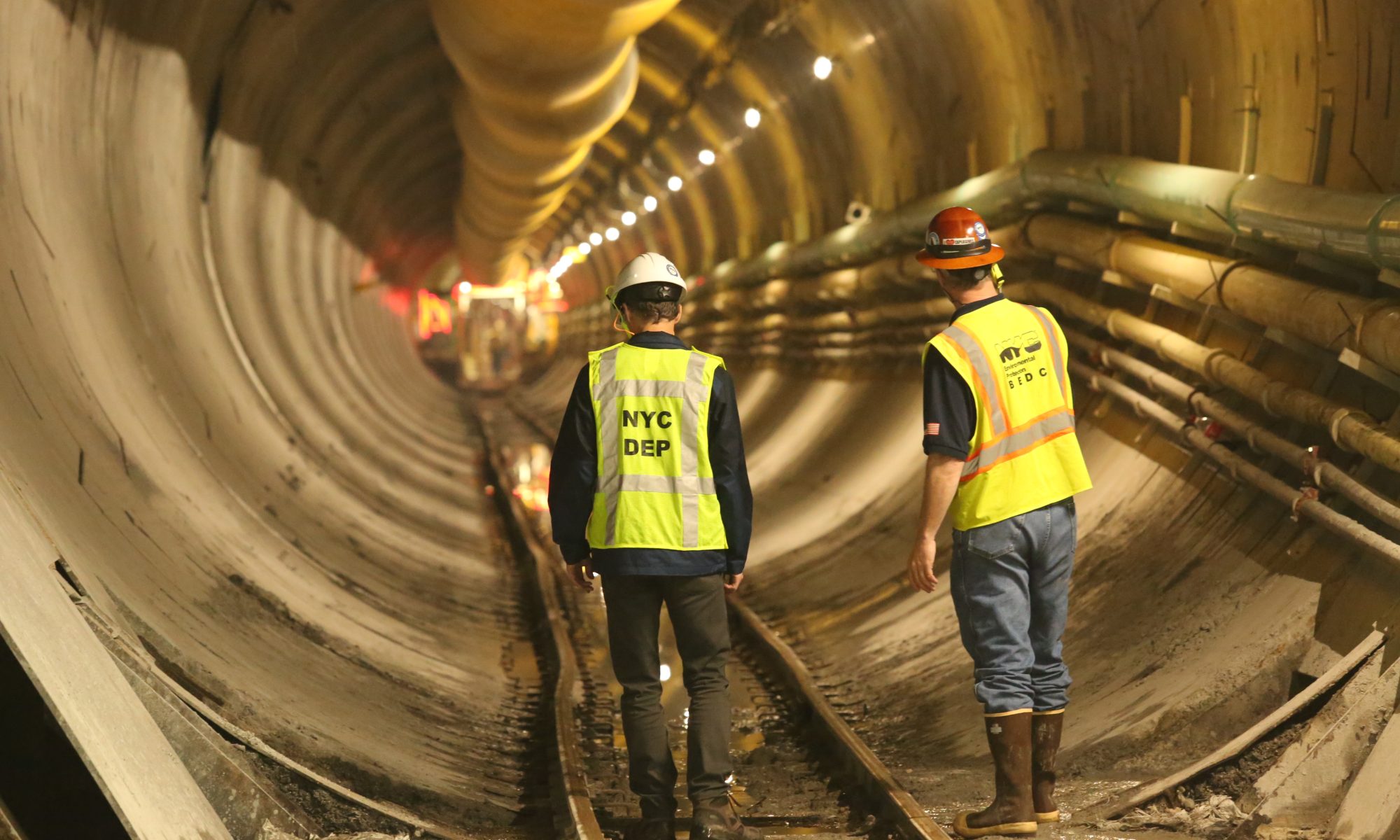
By Eloise Goldsmith
Mayor Eric Adams and other New York City officials celebrated the launch of the Delaware Aqueduct bypass tunnel, the final phase of a $2 billion project to repair the city’s water supply system at a Sept. 30 press conference in Corona, but the event was overshadowed by a federal indictment against Adams that was unveiled last week.
After Department of Environmental Protection (DEP) Commissioner Rohit Aggarwala fielded questions about the restoration project, Adams reiterated that he intends to stay on as Mayor despite his legal troubles. Charges detailed by the U.S. attorney for the Southern District of New York in the indictment include bribery, wire fraud and conspiracy.
When asked about whether he’s spoken with New York Governor Kathy Hochul about her ability to remove him from office, Adams said he has spoken with her “several times” but that the conversations were private.
“I never go into private conversations, that’s why people enjoy having conversations with me,” he said. When asked whether Hochul has told him she’s going to ask for his resignation he said no.
The state’s constitutions and powers she has through the New York City Charter give Hochul the ability to remove the mayor. Hochul, a political ally of Adams, has intimated that New Yorkers’ confidence in the mayor is on shaky ground.
Earlier in the press conference, Adams called this phase of the project a “great achievement we should all be proud of.” In the 1990s, the city discovered leaks below the Hudson River that were impacting the Delaware Aqueduct, which supplies roughly half of New York’s running water.
In 2010, the city announced a project to construct a bypass that would allow for repairs. During the repairs, part of the Delaware Aqueduct will shut down and water will be re-routed through the Delaware Aqueduct bypass, a 2.5-mile long tunnel. Repairs are expected to take place over eight months.

“We have the best water in the country,” said Deputy Mayor for Operations Meera Joshi. Our system was built in the 1800s. The water is cleaned by gravity and nature, and it allows New Yorkers to enjoy a billion gallons of water every day. Its only flaw is that it has a small leak,” she added.
While the bypass is in use, the city will draw less water from Catskill-Delaware watershed and another watershed, the Croton, will cover the shortfall.
Aggarwala said that the city has planned for “every scenario” in the event that something goes wrong. “Worse comes to worst,” city officials have the ability to reconnect to the existing aqueduct without too much trouble though it would cost time and money to do so.
Aggarwala also gave a shout out to Paul Rush, DEP’s Deputy Commissioner for Water Supply, who he called New York City’s “chief mixologist” because his job is to “determine which reservoirs we’re going to draw from and create a blend of that water that maximizes taste and safety and reliability.”
New Yorkers may notice that their water over the next few months tastes slightly different, said Aggarwala, who said the variations are due to harmless mineral differences between the water drawn from different reservoirs.
Adams drank a glass of “sample” tap water during the press conference and said he couldn’t taste the difference. “You’re not going to be able to detect it,” he said.

